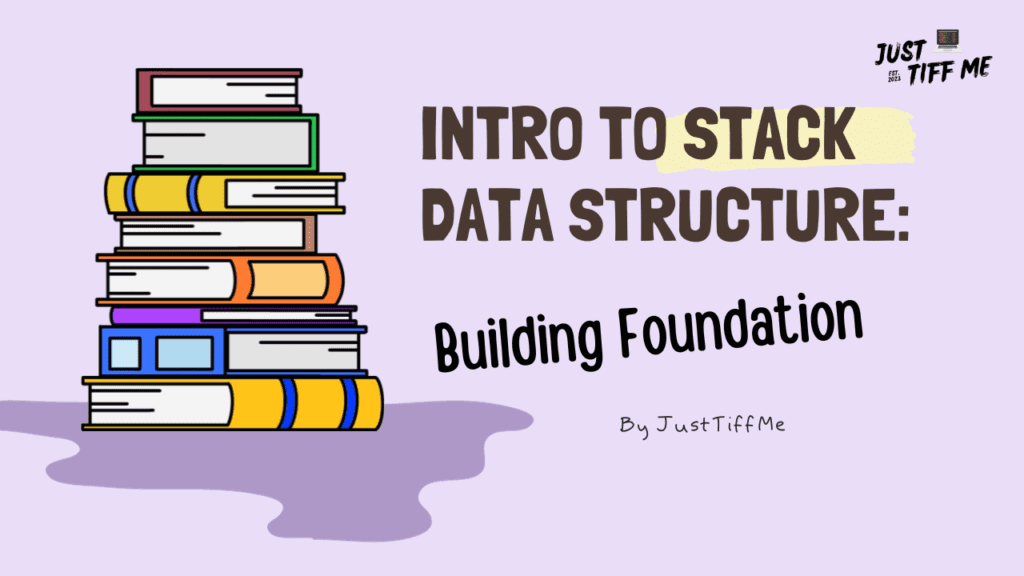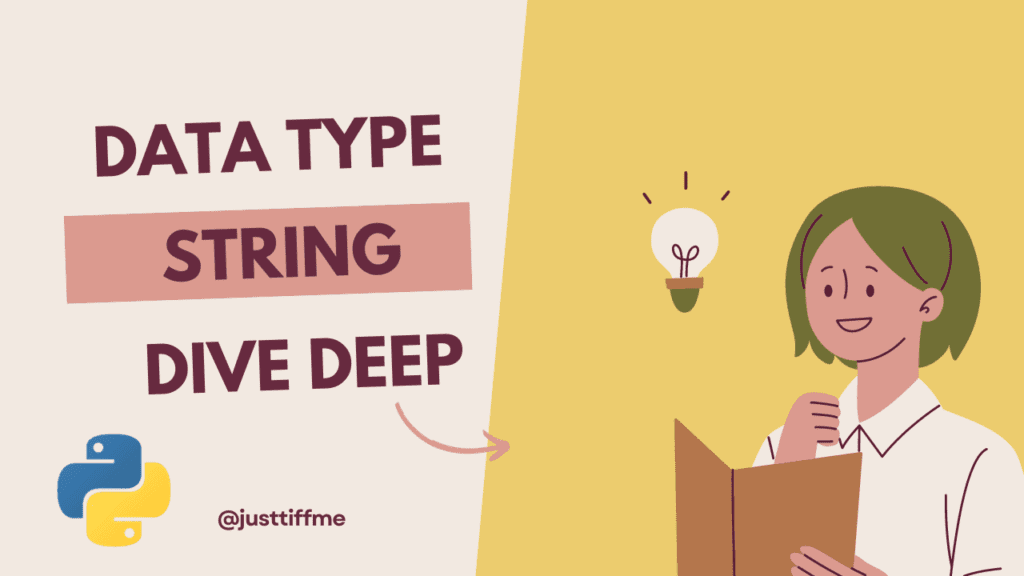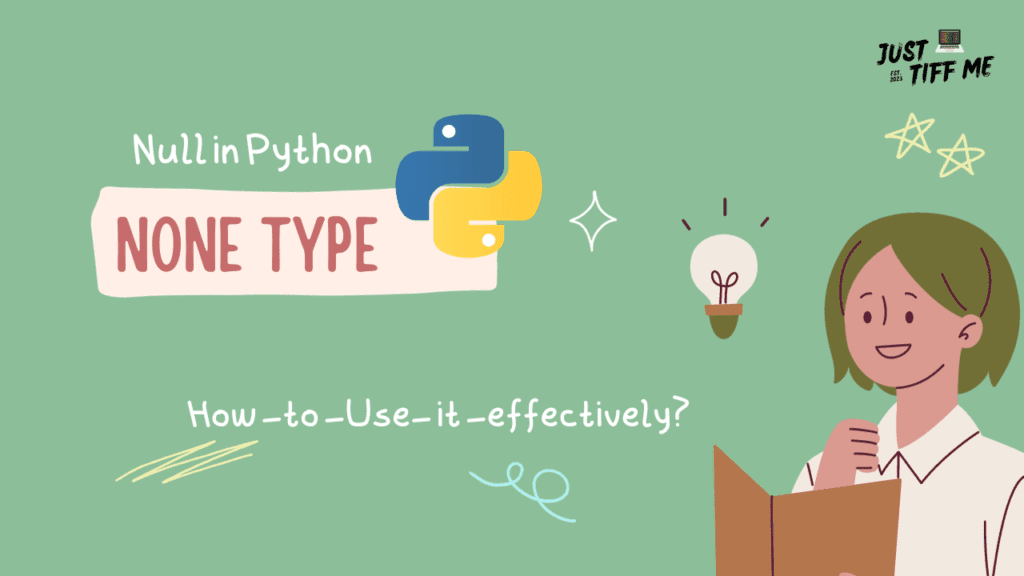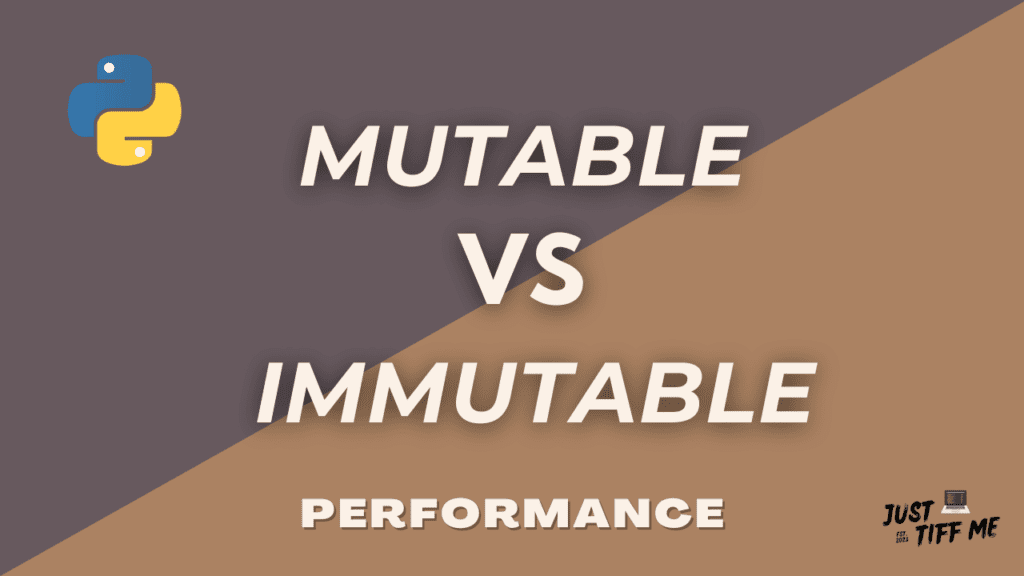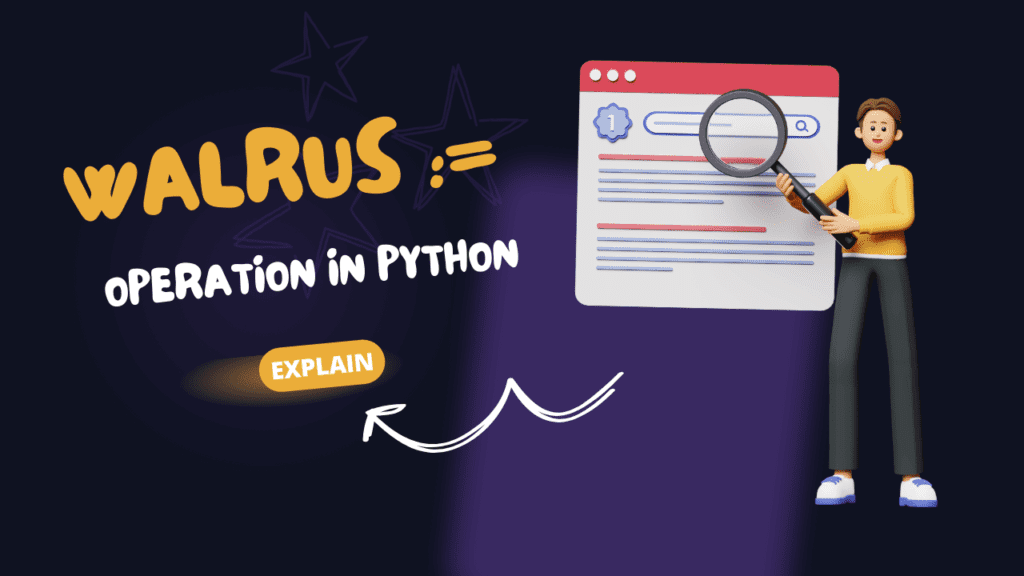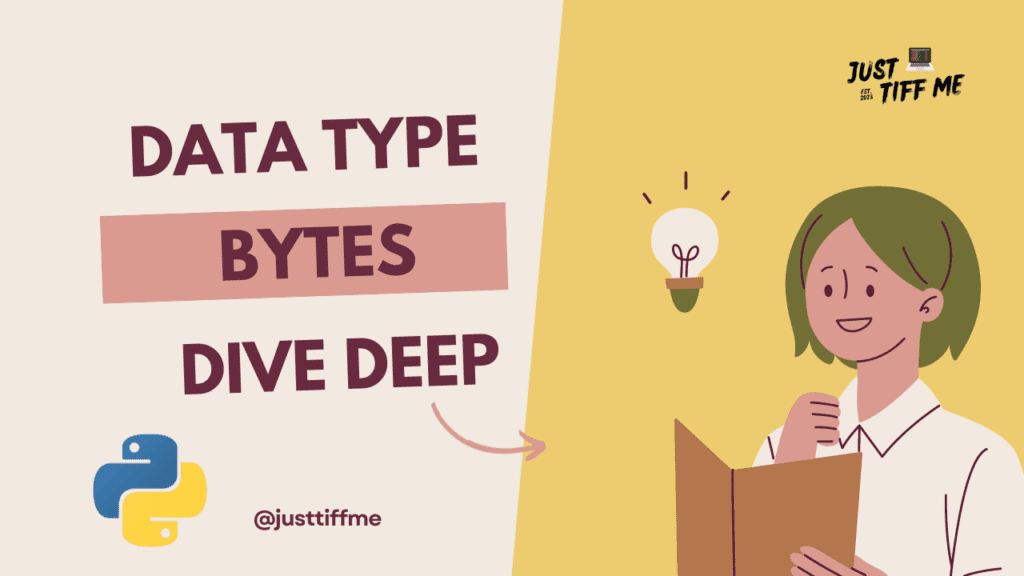Introduction to Stack Data Structures: Building the Foundation
A stack is a collection of elements with two main operations: push (adding an element to the top) and pop (removing the top element). The last element added is the first to be removed, following the Last In, First Out (LIFO) principle. Stacks are essential in managing function calls, backtracking algorithms, and expression parsing.Among the …
Introduction to Stack Data Structures: Building the Foundation Read More »

